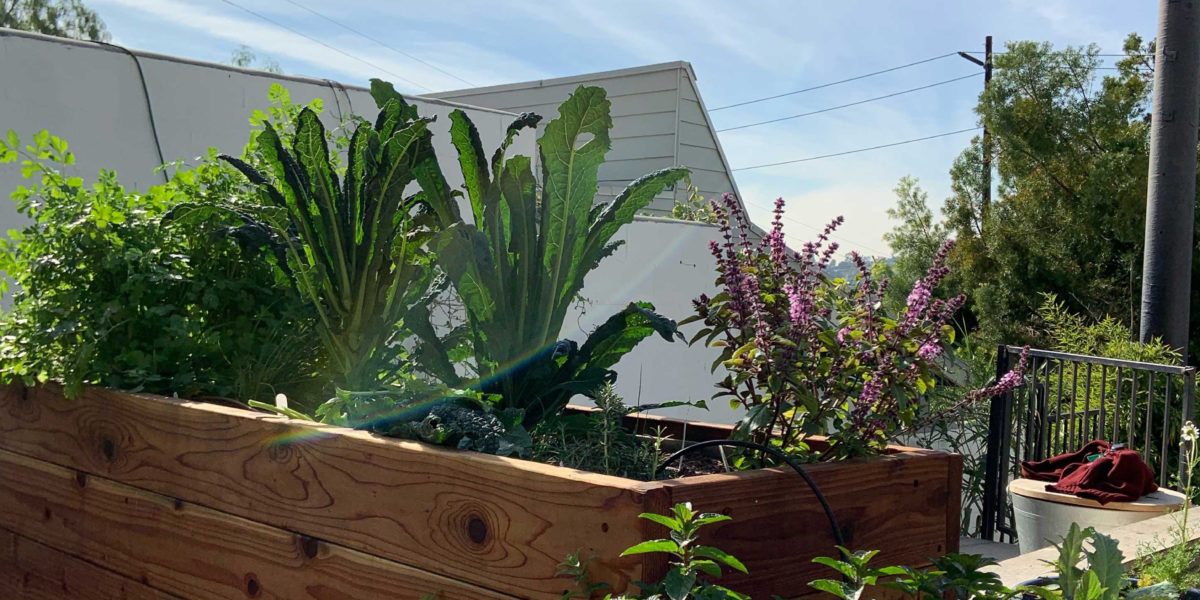The 30-Second Trick For City Blooming
The 30-Second Trick For City Blooming
Blog Article
9 Easy Facts About City Blooming Explained
Table of ContentsCity Blooming Fundamentals ExplainedThe Greatest Guide To City BloomingSome Known Questions About City Blooming.Getting The City Blooming To WorkCity Blooming Fundamentals Explained
Intrigued in growing food offer for sale in the City of Chicago? Thinking about beginning a community yard? Adjustments to the Chicago Zoning Regulation allow agricultural uses like area yards and metropolitan farms in many parts of the city. Below is a listing of often asked concerns concerning the regulations and guidelines that cultivators must consider when intending a city agriculture task.
The zoning change does not change any type of other codes handling composting, building authorizations, purchasing or leasing City had residential or commercial property, company licenses or environmental contamination. There are existing codes that manage these concerns and they stay completely effect and may be appropriate to your project. Area yards are generally had or managed by public entities, public companies or community-based organizations and preserved by volunteers.
Urban ranches expand food that is planned to be sold, either on a not-for-profit or for-profit basis. As a result of their business function, urban farms need a business certificate. Yes. A neighborhood garden is permitted to offer surplus create that was grown on site if the sales are accessory or secondary to the yard's main purpose described over.
The Main Principles Of City Blooming
Composting is allowed but just for plant material that is created and used on website. The quantity of garden compost product can not go beyond 25 cubic yards at any type of provided time according to the requirements in 7-28-715 of the City's Municipal Code. Yes. Since the soil at the majority of brand-new yard sites needs changing, compost, dirt, timber chips, or various other materials can be obtained to create or boost the growing area - garden care.

If a building permit is required after that the hoophouse will certainly be considered an accessory structure. You can discover more about the building permit needs by speaking to the Division of Structures. The 25,000-square-foot dimension limitation is intended to stop a solitary neighborhood yard from controling an offered block or taking away from the block's existing property or commercial personality.
The limit does not put on yards found in Public Open Room (POS) areas. Can there be even more than one community yard that is 25,000 square feet on a single block? Yes. The dimension limitation puts on private yards, not to individual blocks. No. Fence is not required, however, gardens that have large car parking areas might be called for to set up fencing or other landscape design functions.
City Blooming Can Be Fun For Everyone
B1 & B2 districts require that all business usage tasks be carried out inside. Is fencing needed for urban farms? Fences might be called for, along with landscape design and testing, for specific auto parking areas and outside job or storage space locations depending on location and the details activity taking location.
Urban farms need building permits and zoning approvals prior to building and construction (container and raised bed gardening etc.). Various other kinds of city review might be needed depending on specific structures, tasks, size, landscape design, licensing, public heath and stormwater administration concerns.
The Department of Organization Matters and Consumer Defense can assist establish the specific type of service license that's required. Off street parking is required for the majority of industrial jobs in Chicago. The called for number of auto parking areas is based on the number of employees functioning on website and not the square video footage of the growing space.
Not known Incorrect Statements About City Blooming

Yes. A city ranch can sell garden compost material produced on site, nevertheless, the operation must follow the guidelines in 7-28-715 of the Chicago Municipal Code. Yes. Aquaponic systems are permitted inside on metropolitan ranches in lots of zoning districts. A zoning evaluation and building authorization is required in order to set up frameworks or systems and a company permit is needed as described over.
As much as 5 hives or swarms of honey bees may be kept as an accessory usage. Beekeepers have to sign up with the Illinois Division of Farming. For more details regarding the proposed zoning change you might call the Department of Housing and Economic Growth, Bureau of Planning and Zoning at 312.744.8563.
Farming in cities and metropolitan areas An urban ranch in Chicago. Urban agriculture refers read the article to various methods of growing. https://www.producthunt.com/@cityblooming11, processing, and distributing food in metropolitan locations. The term likewise uses to the location activities of pet husbandry, tank farming, beekeeping, and gardening in a city context. Urban farming is identified from peri-urban agriculture, which occurs in rural locations beside suburban areas.
The 30-Second Trick For City Blooming
It can include an activity of organic cultivators, "foodies" and "locavores", who look for to form social media networks based on a common principles of nature and community holism. These networks can create by method of official institutional support, coming to be incorporated right into local community preparation as a "change community" movement for sustainable urban advancement.
Some of the very first evidence of metropolitan farming comes from Mesopotamia.
Report this page